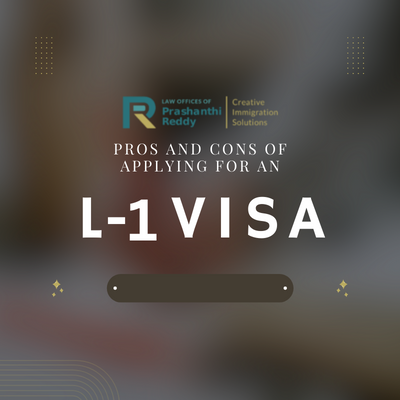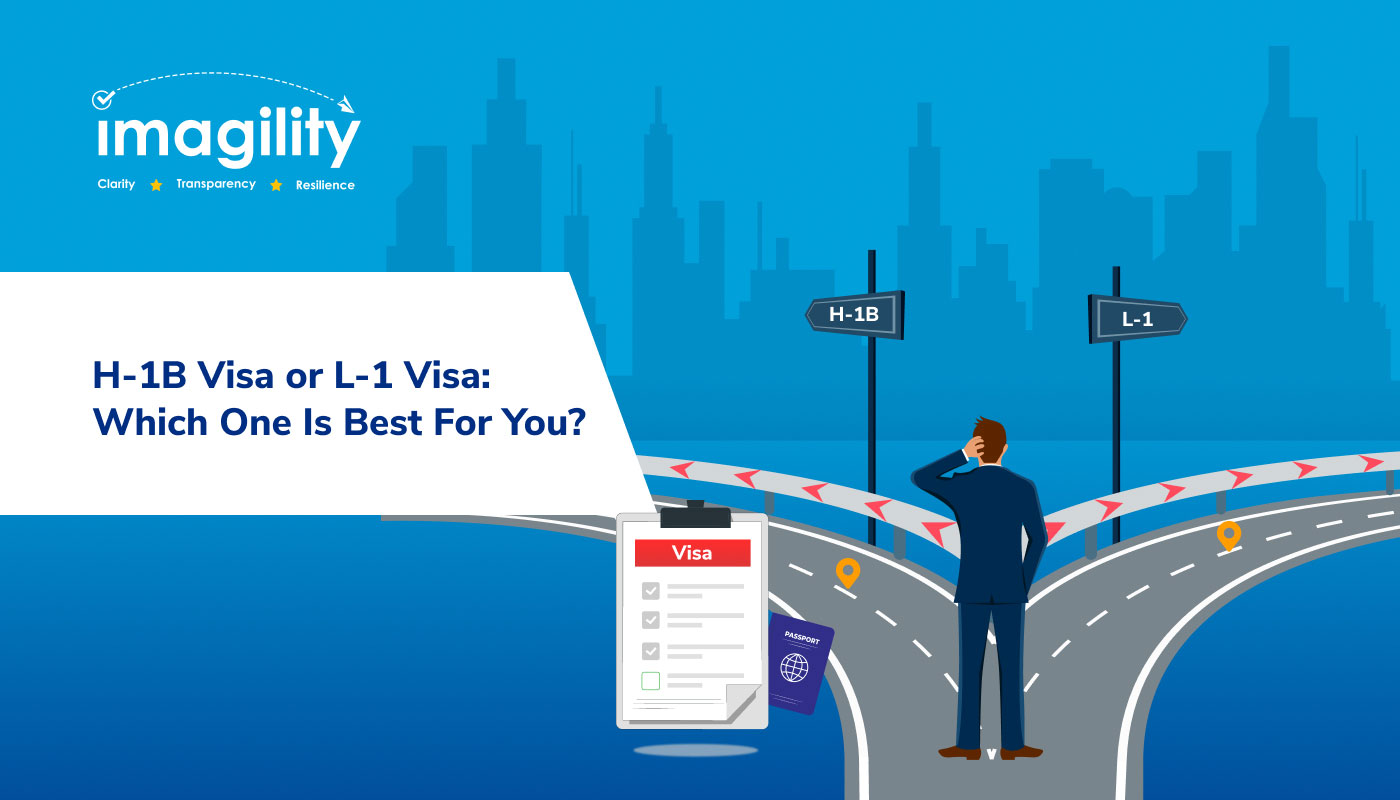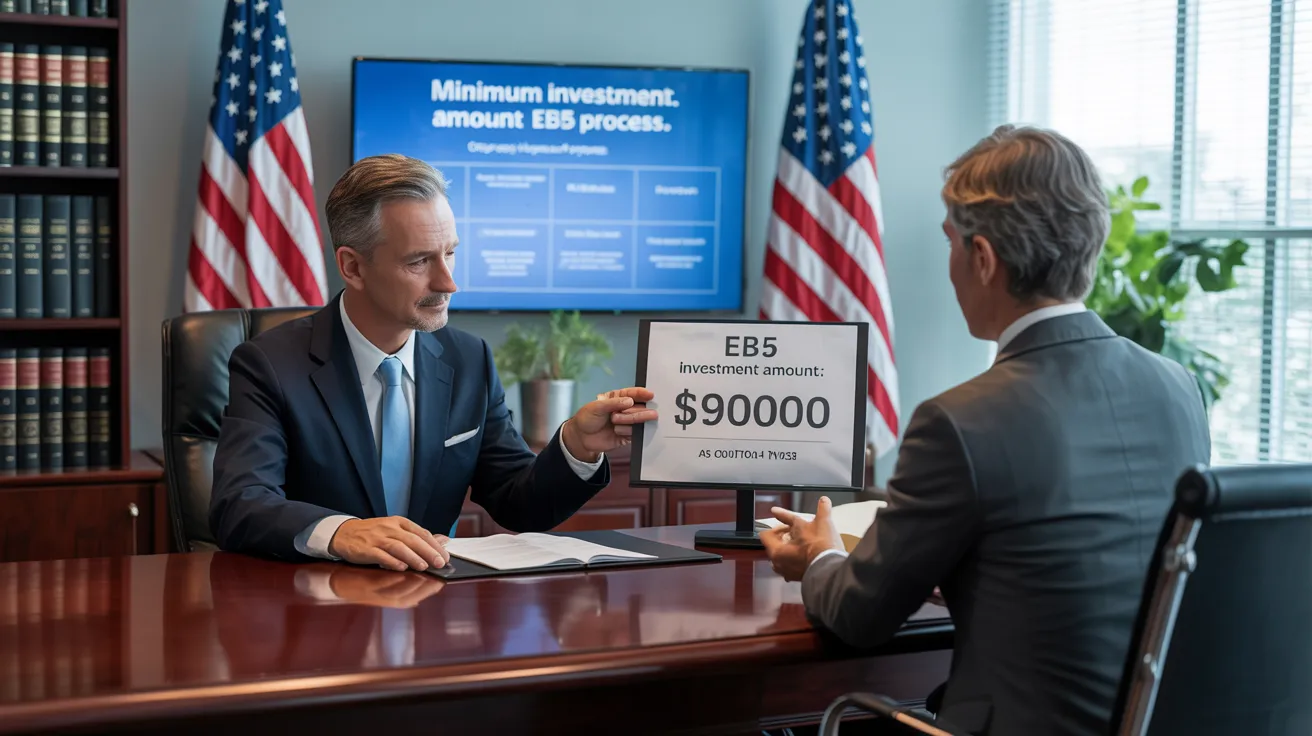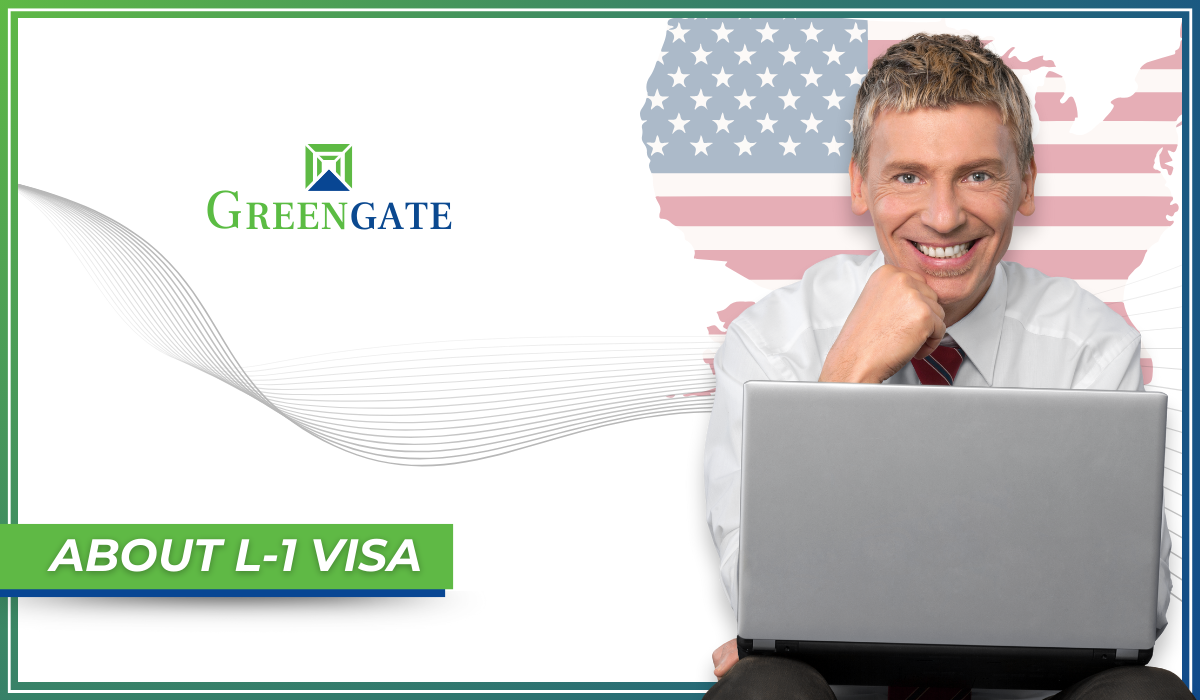Excitement About L1 Visa
Table of Contents10 Easy Facts About L1 Visa ExplainedThe Single Strategy To Use For L1 VisaSome Ideas on L1 Visa You Need To KnowL1 Visa Fundamentals ExplainedNot known Incorrect Statements About L1 Visa The Greatest Guide To L1 Visa
Readily Available from ProQuest Dissertations & Theses Global; Social Scientific Research Premium Collection. (2074816399). (PDF). Congress. (PDF). DHS Office of the Inspector General. (PDF). (PDF). "Nonimmigrant Visa Data". Retrieved 2023-03-26. Division of Homeland Security Office of the Examiner General, "Evaluation of Vulnerabilities and Potential Abuses of the L-1 Visa Program," "A Mainframe-Size Visa Technicality".
United State Division of State. Gotten 2023-02-08. Tamen, Joan Fleischer (August 10, 2013).
The 5-Minute Rule for L1 Visa
In order to be qualified for the L-1 visa, the foreign company abroad where the Beneficiary was utilized and the United state company must have a certifying partnership at the time of the transfer. The different kinds of certifying relationships are: 1.
Example 1: Business A is integrated in France and uses the Recipient. Company B is included in the united state and wants to petition the Recipient. Company An owns 100% of the shares of Firm B.Company A is the Parent and Firm B is a subsidiary. For that reason there is a qualifying partnership between the 2 firms and Company B need to be able to sponsor the Recipient.
Instance 2: Company A is integrated in the united state and intends to petition the Beneficiary. Firm B is integrated in Indonesia and employs the Beneficiary. Firm An owns 40% of Company B. The continuing to be 60% is had and controlled by Business C, which has no relation to Company A.Since Business A and B do not have a parent-subsidiary partnership, Company A can not sponsor the Beneficiary for L-1.
Business A has 40% of Company B. The staying 60% is had by Company C, which has no relationship to Firm A. However, Firm A, by official arrangement, controls and complete takes care of Company B.Since Company A possesses less than 50% of Company B yet manages and manages the business, there is a qualifying parent-subsidiary relationship and Business A can fund the Beneficiary for L-1.
L1 Visa Fundamentals Explained
Business B is incorporated in the United state
Excitement About L1 Visa

The L-1 visa is an employment-based visa category developed by Congress in 1970, enabling international companies to move their supervisors, executives, or essential workers to their U.S. operations. It is frequently described as the intracompany transferee visa. There are two primary kinds of L-1 visas: L-1A and L-1B. These types appropriate for workers employed in different placements within a company.

Furthermore, the recipient should have functioned in a managerial, executive, or specialized employee placement for one year within the 3 years coming before the L-1A application in the international business. For brand-new office applications, foreign work has to have been in a managerial or executive ability if the beneficiary is pertaining to the USA to work as a supervisor or executive.
Things about L1 Visa

If provided for an U.S. company operational for more than one year, the preliminary L-1B visa is for as much as three years and can be prolonged for an added 2 years (L1 Visa). Alternatively, if the united state company is recently developed or has been operational for much less than one year, the first L-1B visa is issued for one year, with expansions available in two-year increments
The L-1 visa is an employment-based visa category developed by Congress in 1970, enabling multinational firms to transfer their supervisors, executives, or vital employees to their U.S. operations. It is generally referred to as the intracompany transferee visa. There are 2 primary kinds of L-1 visas: L-1A and L-1B. These kinds are suitable for staff members employed in different positions within a company.
L1 Visa for Dummies
Furthermore, the recipient needs to have operated in a managerial, exec, or specialized worker setting for one year within the three years coming before the L-1A application in the foreign business. For new workplace applications, foreign work has to have remained in a managerial or executive ability if the beneficiary is involving the United States to function as a manager or exec.
for as much as 7 years to supervise the operations of the U.S. affiliate as an executive or manager. If released for a united state company that has actually been functional for greater than one year, the L-1A visa is at first approved for up to 3 years and can be extended in two-year increments.
If given for a united state business functional for greater than one year, the initial L-1B visa is for approximately three years and can be expanded for an added 2 years. Conversely, if the united state business is newly established or has actually been operational for much less than one year, the first L-1B visa is provided for L1 Visa attorney one year, with expansions offered in two-year increments.